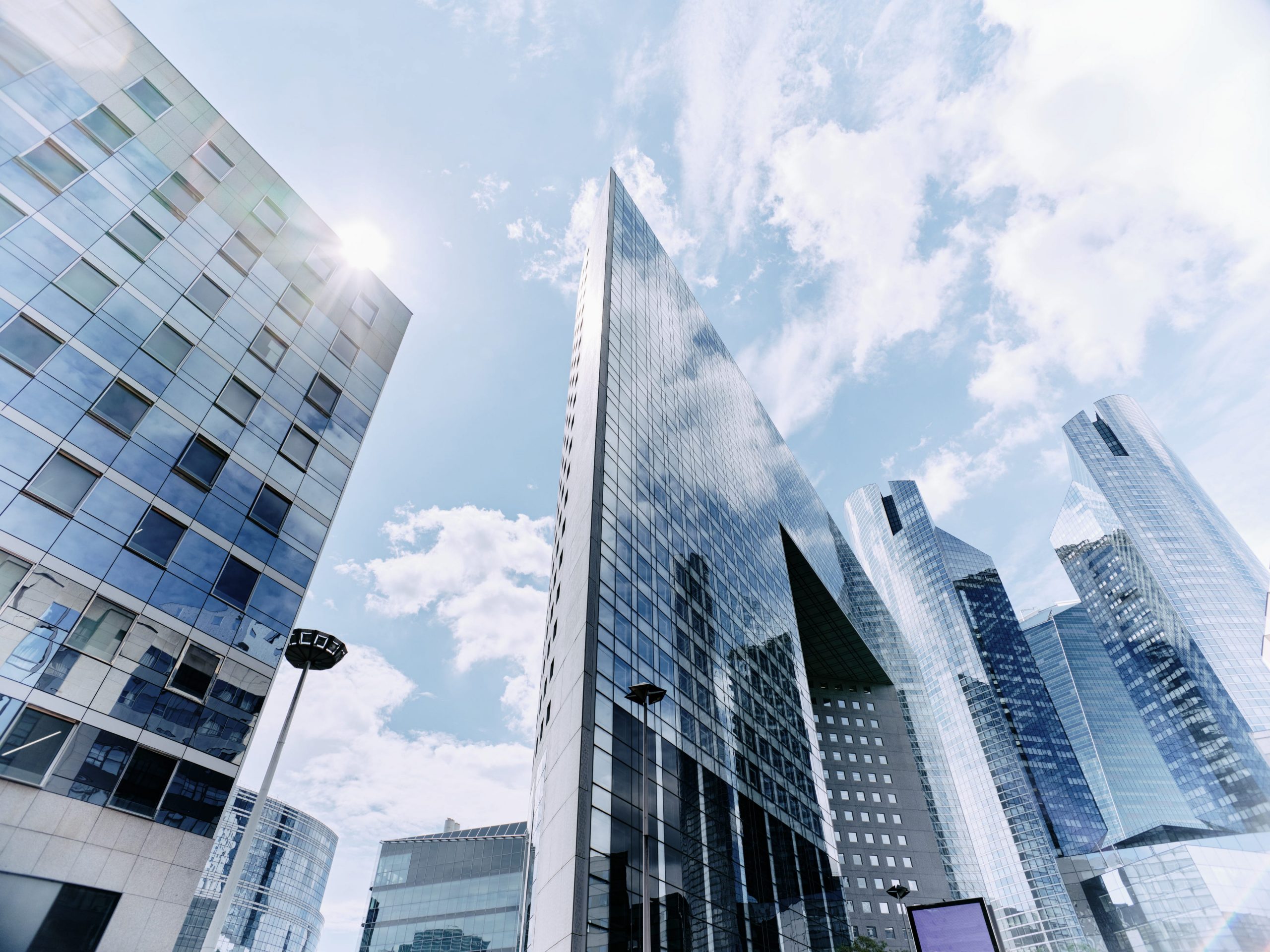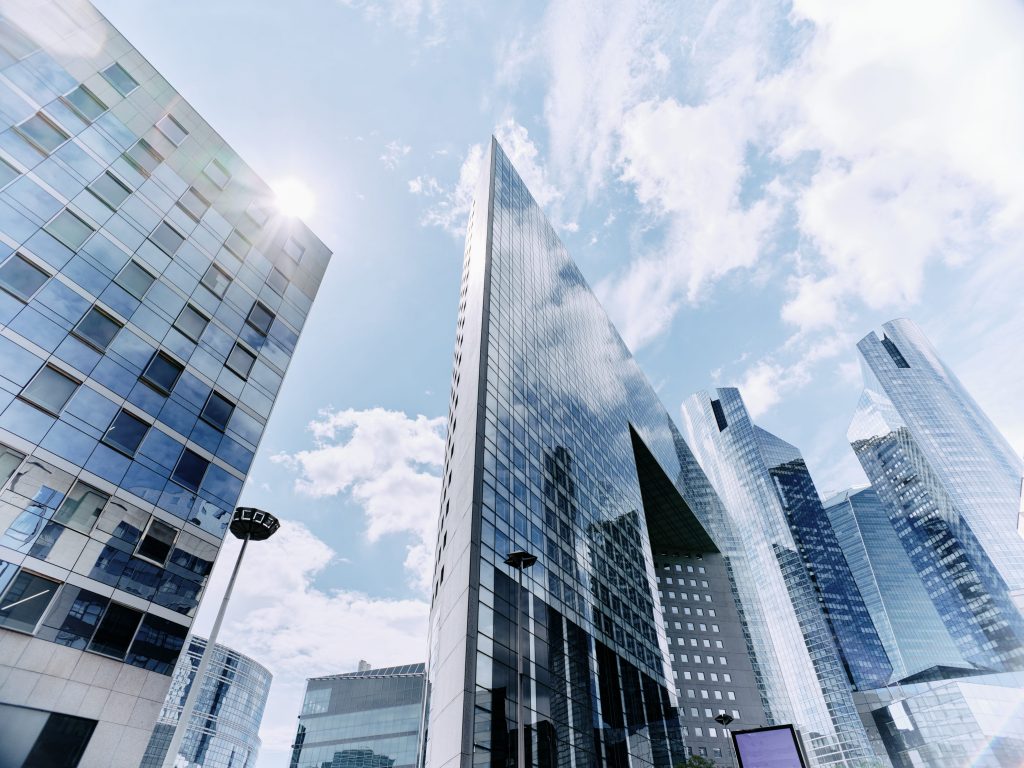
Gary Yeowell/Getty Images
- The commercial-real-estate industry is responsible for 40% of global carbon emissions.
- Demand for "green" buildings keeps growing because of multiple environmental and financial benefits.
- The largest challenge for the industry is retrofitting buildings to be more sustainable.
As people return to office buildings, they might not realize they are entering commercial real estate, which is responsible for 40% of global carbon emissions.
At COP26, a three-part panel will highlight what the commercial-real-estate industry is doing to be more efficient, where it is investing, how tenants help drive demand for more sustainable buildings, and solutions that should be prioritized for implementation.
More sustainable building development and upgrades – such as better management of waste, water, and energy usage – have numerous financial and environmental benefits for the industry. But experts say significant investment and action within the next decade will be needed to meet climate-action goals and better prepare assets for climate risks.
Sustainable design has several competitive advantages
Sustainable buildings, also known as "green buildings," are estimated to consume 29 to 50% less energy and 40% less water and produce 33 to 39% less carbon-dioxide emissions and 50 to 70% less solid waste. This lower consumption – because of the installation of features like smart LED lighting and energy-efficient heating, ventilation, and air-conditioning systems – also means fewer utility expenses and other financial benefits for building operators and tenants.
In addition to the environmental benefits, research and data show buildings that are more sustainable will retain more of their value over time and be much more attractive to prospective tenants and investors. Sustainability credentials at green buildings have also been linked to higher rents and sale prices, according to the World Green Building Council. A Deloitte report also pointed to easier and lower-cost financing, property-tax rebates, and discounts on insurance premiums.
Tenants who lease green buildings can also help reduce the carbon emissions of their operations as part of sustainability strategies, build a greener brand reputation, and better position themselves for investment from funds focused on environmental, social, and governance factors, which often require detailed disclosure of sustainability efforts.
Retrofits of older buildings remain a challenge
As the demand for sustainable design continues to grow among new buildings and new leases, the commercial-real-estate industry is facing growing calls to reduce the carbon emissions of existing buildings. Government policies for sustainable and green building codes are often applied to new buildings, but financing incentives like tax credits could also help with greater adoption of energy-efficiency upgrades.
Concerns about cost as a real deterrent for implementing sustainable design in existing buildings have also been found to be a myth. A LEED study found a high estimate for profit, upfront retrofitting expenses based on an increased market value for a more sustainable mid-rise building, and lower long-term operating costs.
